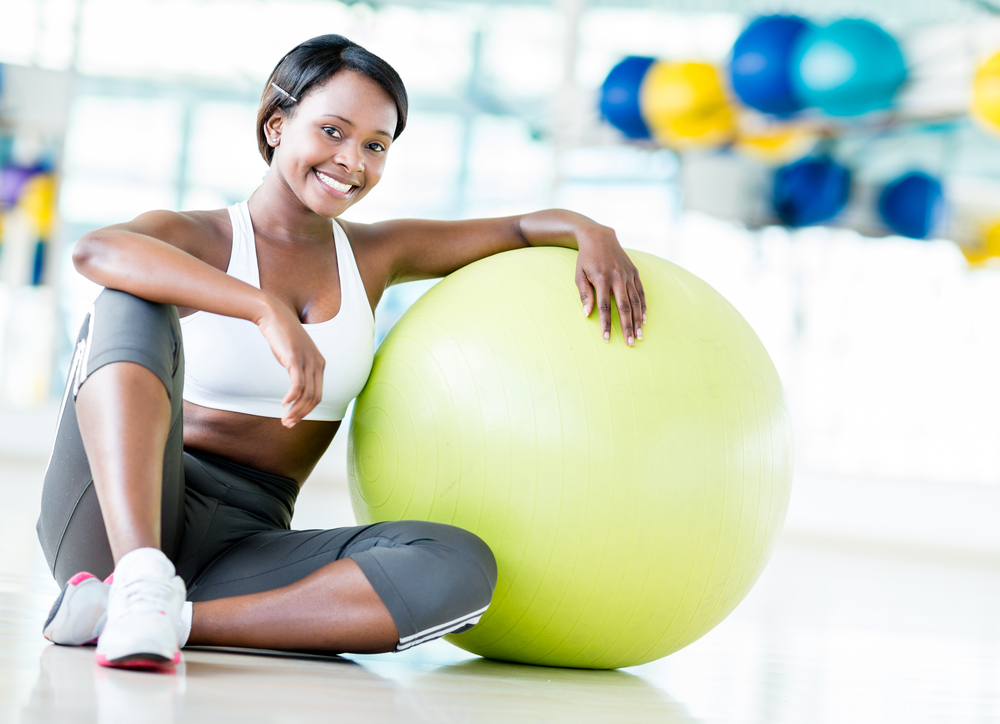Is Exercise Safe When Trying to Conceive?

One of the most common questions I am asked as a fertility specialist is regarding the lifestyle related ‘dos and don’ts when trying to conceive or pregnant. A large majority of inquires revolve around exercise: is it safe? How much is enough vs. too much? What kinds of exercise is okay?…and the list goes on. Whether falling down the Google rabbit-hole or facing the onslaught of (often unsolicited) advice from well-meaning family or friends, the contradictory views of whether to exercise can lead to confusion, adding anxiety to an already stressful situation.
The bottom line is: exercise is good for you- whether trying to conceive, pregnant, or undergoing fertility preservation treatments. While certain fertility treatments may involve a necessary, but brief pause in your regular exercise routine, engaging in 30 minutes of physical activity (i.e. anything that gets your blood flowing and your heart rate up) daily can yield many benefits. The antiquated view that pregnant women should ‘stay off their feet’ and stop exercising altogether has been largely debunked by emerging data touting the many benefits of exercise in pregnancy (i.e. reduced aches and pains, lower risk of diabetes or high blood pressure, easier postpartum weight loss). There is no link between regular exercise and miscarriage. In addition, overweight women with irregular ovulation can regulate their own menstrual cycle by exercising and losing as little as 5% of their body weight. Women undergoing infertility treatment can use exercise as a way to manage stress and regain a sense of control.
In general, women who are physically active can safely continue their exercise regimen while trying and pregnant. However, it is important to exercise common sense. For women who are not regular exercisers, an IVF cycle or early pregnancy is not the time to try out new, intense, high impact workouts. Rather than jumping straight into a Crossfit class, it is recommended to gradually increase the intensity and build up strength to avoid potential injury. Fertility treatments and early pregnancy involve a rise in estrogen and progesterone levels, which are known to increase ligament laxity, making it easy to get hurt when overdoing it. It is also a good idea to avoid exposure to extreme heat (i.e. hot yoga or hot tubs) as studies have linked increased maternal body temperature around the time of embryo implantation to birth defects such as spina bifida.
The most important restriction to keep in mind applies to women undergoing fertility treatments that involve stimulation of the ovaries, such as IVF or egg freezing. The concern here is less about pregnancy and more about the potential effects of high impact exercise on enlarged ovaries. Women undergoing ovarian stimulation should avoid high impact exercises (i.e. running, elliptical) that can cause an enlarged, stimulated ovary to become lodged in a position in the pelvis which cuts off its blood supply and requires emergent surgery to ‘untwist’. The highest risk for this is in ~2 weeks surrounding egg retrieval. As a general rule of thumb, once you get your period about 2 weeks after the egg retrieval, the ovaries have usually shrunk and it is safe to resume normal activities. These restrictions do not necessarily mean that you cannot get a cardiovascular workout while going through IVF - it just warrants specific modifications. If you’re a spin class enthusiast, you can make minor modifications such as staying in the saddle at all times and scaling back on the dance moves.
If you aren’t sure about whether an exercise is safe or the right regimen for you in whatever stage of becoming a parent you are in, you should talk to your doctor to get their advice. On the path to parenthood, the journey can be long and unpredictable. Maintaining a healthy body weight and image and harnessing exercise-induced endorphins to maintain a sense of wellbeing can make the process smoother and more successful, as long as safety is prioritized.
